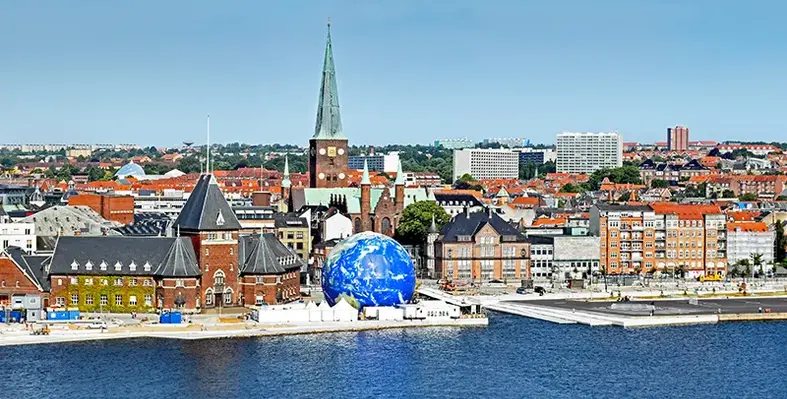
Denmark’s Innargi has outlined progress at its Aarhus geothermal project with Kredsløb, which supplies district heating to 330,000 people in the municipality.
After initial drill tests, the company now expects to deliver the full project with fewer plants — just three, instead of the planned seven — as a result of improved efficiencies during the testing phase.
In 2022, Kredsløb and Innargi entered into an agreement to deliver 110MW of geothermal heat to the district heating network — equivalent to about 20% of Aarhus’ consumption.
That agreement still holds, but the plans for where and how the geothermal heat will be produced are being updated, according to Innargi.
As a result of the latest findings, the total number of plants planned is being reduced from seven to three, it noted in a statement.
It said the plan is to place the three facilities at Skejbyvej, Bautavej and Halmstadgade, while the previously proposed plants in Brokvarteret, Bjørnholms Allé, Sumatravej and Jens Juuls Vej are now being excluded.
“Thorough analyses of all three test wells have shown that the northern part of Aarhus is the most suitable for geothermal energy from a subsurface perspective,” said Sune Birk Kerndrup, Project Director at Innargi.
“Therefore, we have agreed with Kredsløb to place the geothermal plants in the northern part of the city.”
Aarhus is Denmark’s second-largest city, located on the east coast of Jutland.
“Based on the results from the three test wells drilled in Aarhus during the exploration phase, and due to positive technological developments in the project’s first year, Kredsløb and Innargi are now updating their joint geothermal project,” the Innargi statement added.
“The ambition is to deliver the same amount of heat from three locations instead of the originally planned seven.”
It cited advancements in heat pump technology and Kredsløb’s ongoing efforts to lower temperatures in the district heating grid, which helped to make it possible to consolidate the project into fewer plants.
“We now have new technical opportunities, and we’re continuously working to make the district heating system as energy-efficient as possible,” said Lasse Sørensen, Head of Business Development at Kredsløb.
“This enables us to deliver more geothermal heat from fewer locations — which benefits both land use and environmental impact.”
The plan is for the entire geothermal system, including all wells, to be ready in 2029, added Sørensen, with the green geothermal heat set to replace the heat currently generated by burning wood pellets.
The next drillings in Skejby are planned for 2027, with the drilling period for one well approximately 1.5 months, while the overall timeline for the project remains unchanged.
The first geothermal heat is expected to be produced when the plant in Skejby commences operation in the autumn.
“One consequence of this plan is that we now expect to drill two additional wells in Skejby,” said Kerndrup.
“We’ve generally experienced a high level of understanding from locals regarding the need for sustainable, local heat sources — but of course, some neighbours would have preferred that the work was already completed. That’s why we’ll do everything we can to keep people informed and minimise noise during drilling.”
